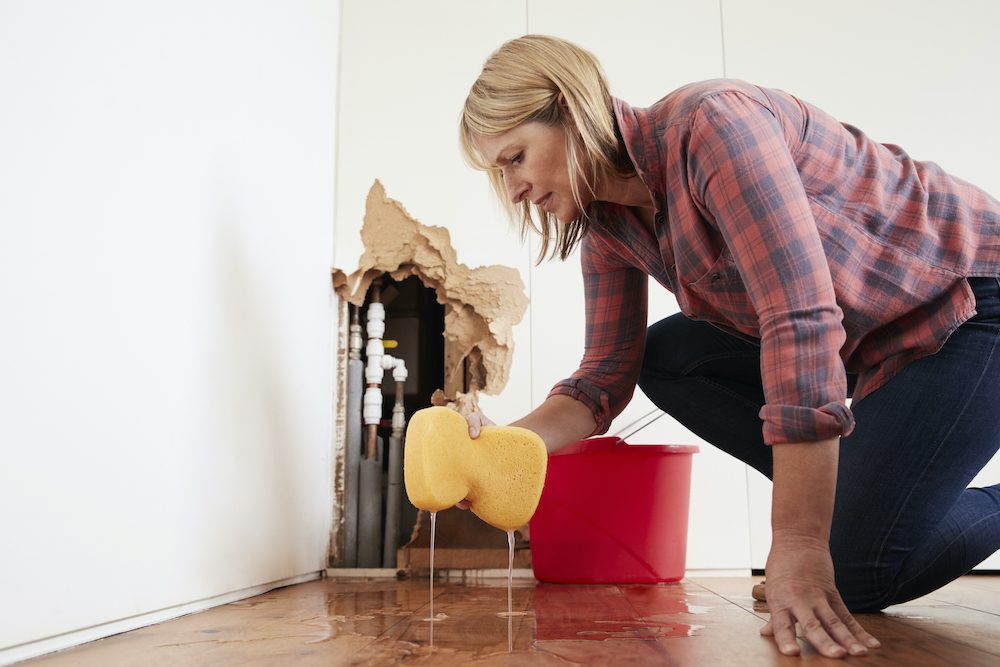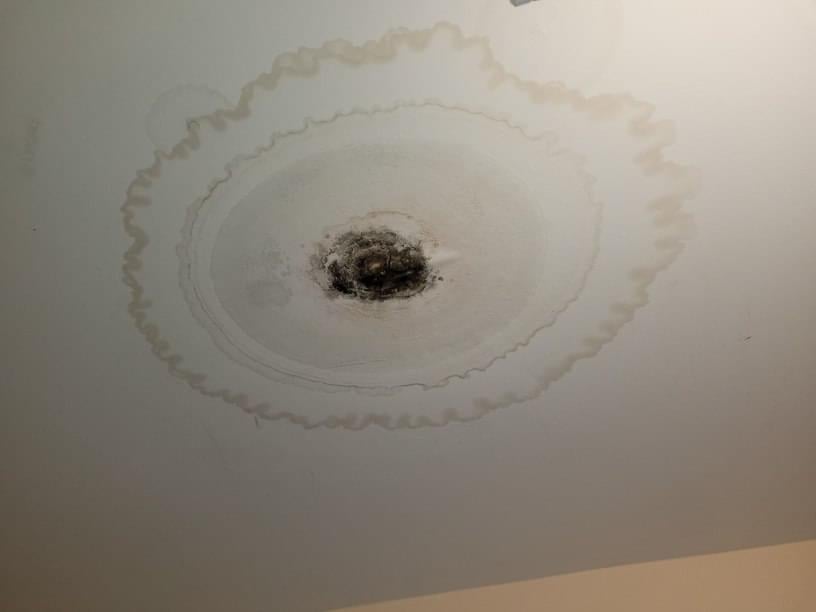Guide To Water Leakage Discovery In The House
Guide To Water Leakage Discovery In The House
Blog Article
Each person maintains their personal perception with regards to Finding hidden leaks.

Early discovery of dripping water lines can alleviate a potential calamity. Some small water leakages may not be noticeable.
1. Take A Look At the Water Meter
Every residence has a water meter. Inspecting it is a proven way that helps you find leaks. For beginners, turn off all the water resources. Ensure no one will purge, use the faucet, shower, run the washing device or dishwasher. From there, go to the meter as well as watch if it will certainly alter. Considering that no person is using it, there should be no movements. That indicates a fast-moving leak if it moves. Likewise, if you find no changes, wait a hr or two and also examine back again. This suggests you may have a slow leak that could also be below ground.
2. Check Water Usage
Assess your water bills as well as track your water usage. As the one paying it, you ought to discover if there are any disparities. If you spot sudden changes, regardless of your intake being the same, it implies that you have leaks in your plumbing system. Keep in mind, your water expense ought to fall under the exact same range each month. An abrupt spike in your expense indicates a fast-moving leakage.
A steady increase every month, even with the very same behaviors, shows you have a slow-moving leakage that's additionally slowly intensifying. Call a plumber to extensively check your building, particularly if you feel a warm area on your flooring with piping beneath.
3. Do a Food Coloring Test
When it concerns water usage, 30% comes from bathrooms. Test to see if they are running properly. Drop specks of food shade in the container and also wait 10 mins. If the color somehow infiltrates your bowl throughout that time without flushing, there's a leak between the storage tank as well as dish.
4. Asses Outside Lines
Do not forget to check your outdoor water lines as well. Must water leak out of the link, you have a loose rubber gasket. One little leak can lose loads of water and increase your water expense.
5. Inspect and Assess the Situation
House owners should make it a routine to examine under the sink counters and also inside closets for any type of bad odor or mold and mildew growth. These two warnings indicate a leakage so timely focus is required. Doing routine assessments, also bi-annually, can conserve you from a significant problem.
Inspect for discolorations and compromising as many pipes and also home appliances have a life expectations. If you believe dripping water lines in your plumbing system, do not wait for it to escalate.
Early detection of dripping water lines can minimize a potential disaster. Some small water leaks may not be visible. Examining it is a guaranteed means that assists you find leaks. One small leakage can throw away loads of water and increase your water costs.
If you presume leaking water lines in your plumbing system, do not wait for it to rise.
WARNING SIGNS OF WATER LEAKAGE BEHIND THE WALL
PERSISTENT MUSTY ODORS
As water slowly drips from a leaky pipe inside the wall, flooring and sheetrock stay damp and develop an odor similar to wet cardboard. It generates a musty smell that can help you find hidden leaks.
MOLD IN UNUSUAL AREAS
Mold usually grows in wet areas like kitchens, baths and laundry rooms. If you spot the stuff on walls or baseboards in other rooms of the house, it’s a good indicator of undetected water leaks.
STAINS THAT GROW
When mold thrives around a leaky pipe, it sometimes takes hold on the inside surface of the affected wall. A growing stain on otherwise clean sheetrock is often your sign of a hidden plumbing problem.
PEELING OR BUBBLING WALLPAPER / PAINT
This clue is easy to miss in rooms that don’t get much use. When you see wallpaper separating along seams or paint bubbling or flaking off the wall, blame sheetrock that stays wet because of an undetected leak.
BUCKLED CEILINGS AND STAINED FLOORS
If ceilings or floors in bathrooms, kitchens or laundry areas develop structural problems, don’t rule out constant damp inside the walls. Wet sheetrock can affect adjacent framing, flooring and ceilings.
https://www.servicemasterbyzaba.com/blog/how-to-detect-water-leakage-in-walls/

I have been very curious about Leaking water lines and I really hope you enjoyed my page. In case you enjoyed our article kindly remember to share it. Thanks for your time. Please come by our website back soon.
Report this page